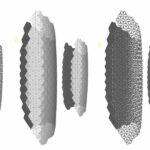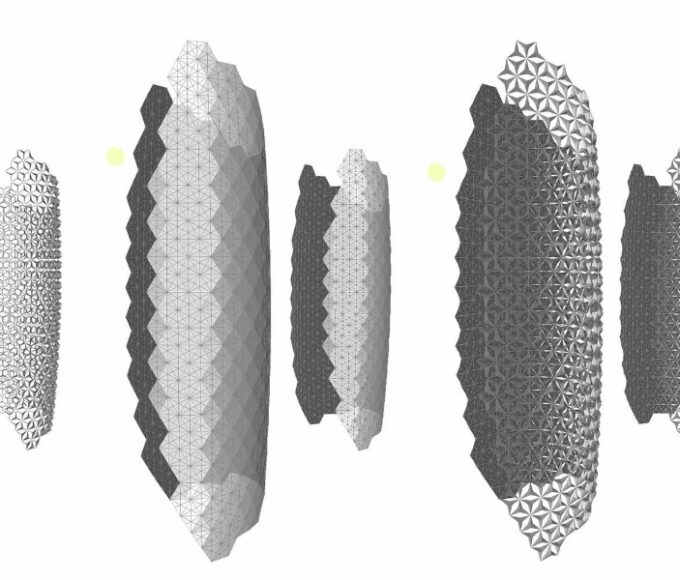If the definition of artificial general intelligence (AGI) is the ability to pass human tests, then this goal could be achieved within five years. However, AGI might take much longer if defined differently because there is still disagreement among scientists about how to describe human thinking processes.“If I take an AI… and put it through any test you can imagine, you can list a test and put it in front of the computer science industry, I guess we’ll do well on every test within five years,” said NVIDIA CEO Jensen Huang on March 1, local time, at the Stanford Institute for Economic Policy Research summit in California, when asked “how long it would take to create a computer that can think like a human.” He believes that if this definition is followed, AGI could arrive in as soon as five years.
OpenAI, the developer of the chatbot ChatGPT, defines artificial general intelligence as systems smarter than humans. Regarding “how long it would take to create a computer that can think like a human,” Huang said the answer largely depends on how AGI goals are defined. He added that if the definition of AGI is the ability to pass human tests, then this goal could be achieved within five years.
Currently, artificial intelligence can pass tests such as the bar exam, but it still performs poorly in specialized medical exams like gastroenterology. However, Huang expects that within five years, AI should be able to pass any single test.
But Huang also mentioned that AGI might take much longer if defined differently. This is because scientists still disagree on how to describe human thinking processes. “So it’s hard to make AI an engineer,” Huang said, “because engineers need clear goals.”
According to the Latest report, at the summit, Huang also answered another question about how many chip factories the industry needs to support the expansion of the artificial intelligence industry.
GPUs (graphics processing units) are key chips for developing artificial intelligence, and NVIDIA’s H100 chips are in short supply and expensive. Currently, NVIDIA controls about 80% of the artificial intelligence chip market, and the company’s market value has reached $2 trillion, surpassing Google’s parent company Alphabet’s $1.71 trillion and Amazon’s $1.85 trillion, making it the third-largest US company by market capitalization, behind only Microsoft and Apple.
Previously, Sam Altman, CEO of OpenAI and “father of ChatGPT,” hoped to raise $50 trillion to $70 trillion to increase global chip manufacturing capacity, solve constraints on OpenAI’s growth, and alleviate the chip scarcity problem behind large models used for training ChatGPT and other artificial intelligence systems. In negotiations with TSMC, Altman had expressed hope to build dozens of chip factories in the coming years.
Huang also believes that more chip factories are needed, but as time goes on, chip performance will also improve, limiting the number of chips needed in the market. “We need more fabs. However, please remember, as time goes on, we are also greatly improving the algorithm and (artificial intelligence) processing power.” Huang said, “You cannot assume that you will buy more computers.” “You also have to assume that computers will get faster, so the total amount you need will not be that much.” Huang joked that $70 trillion “can obviously buy all GPUs”.
Jensen Huang also believes that more chip factories are needed, but as time progresses, chip performance will also improve, which will limit the number of chips needed in the market. “We need more fabs. However, please remember, as time goes on, we are also greatly improving algorithms and (artificial intelligence) processing power,” Huang Renxun said. “We cannot assume that computing efficiency will always be at today’s level and calculate demand based on this. In the next 10 years, computing power will increase by 1 million times.”
At the World Government Summit held in Dubai previously, Huang also stated that due to expected advancements in computing technology, the cost of developing artificial intelligence would not be as high as Sam Altman hoped to raise. “You cannot assume that you will buy more computers,” He said. “You also have to assume that computers will become faster, so the total amount you need will not be that much.” Jensen Huang then joked that $70 trillion “can obviously buy all GPUs.”












